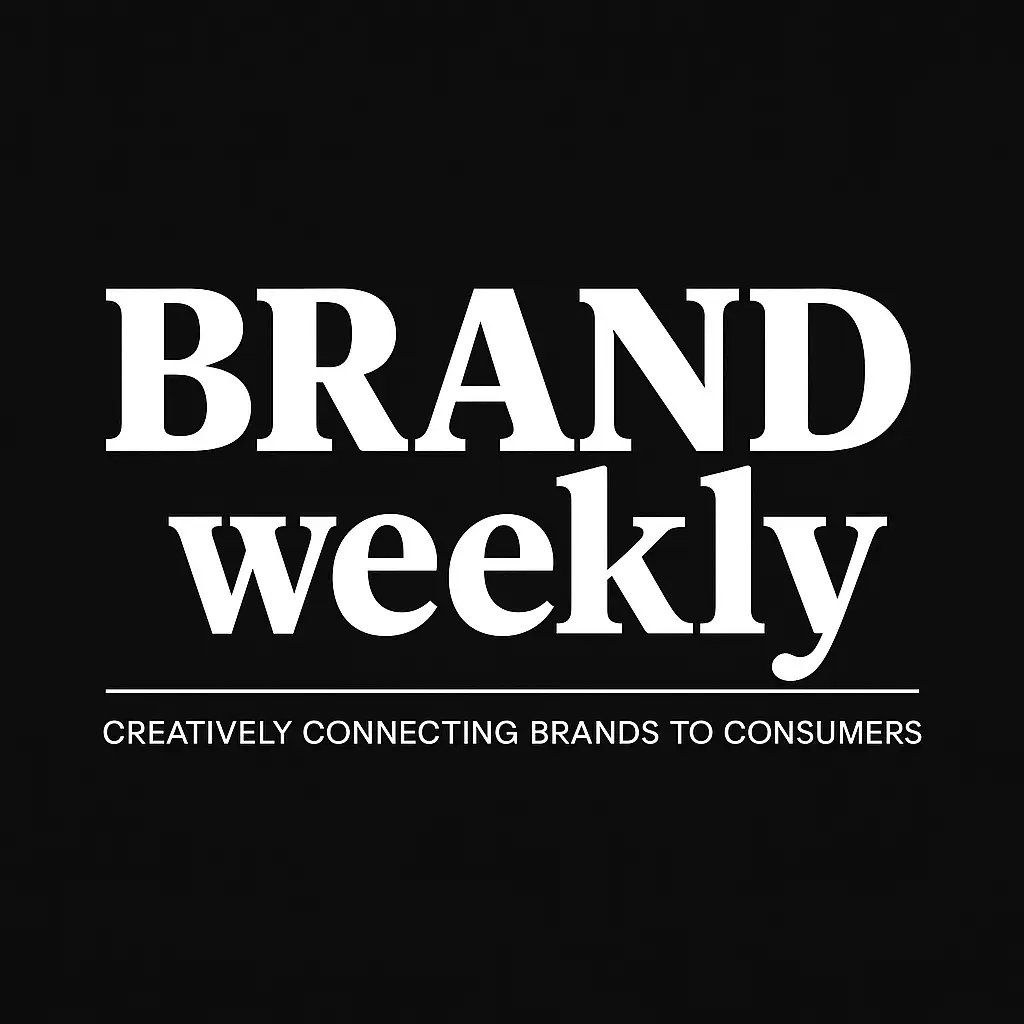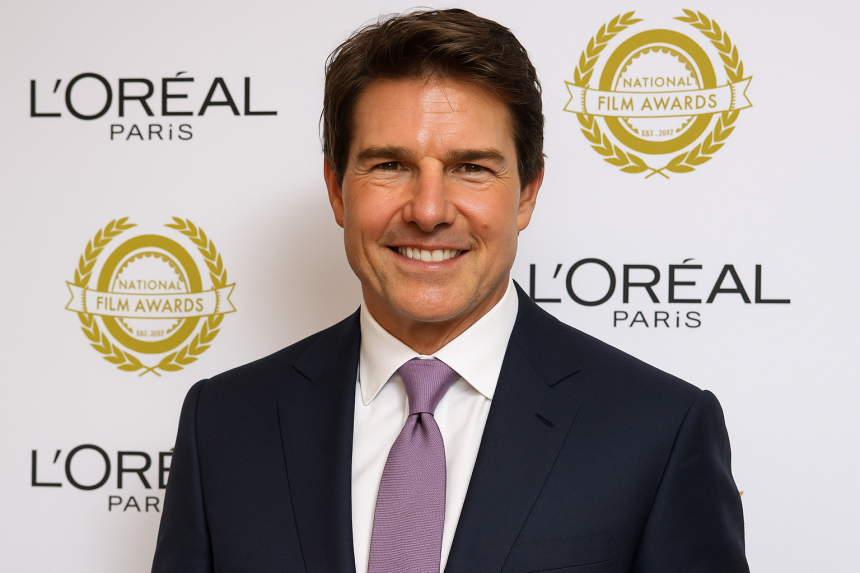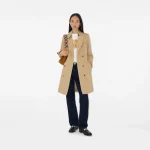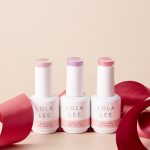As the final curtain draws on L’Oréal Paris’ three-year partnership with the National Film Awards, few in the industry can deny it—this was one of the most successful brand alignments in recent British award show history.
From 2019 to 2023, the collaboration between the global beauty powerhouse and one of the UK’s fastest-growing cultural institutions wasn’t just strategic—it was symphonic. A blend of glamour, diversity, public engagement, and sharp commercial intelligence that turned red carpet moments into real-world sales, and annual award shows into annual marketing triumphs.
And now, as the partnership concludes, the figures—and the cultural footprint—speak volumes.
A Red Carpet with Purpose
L’Oréal’s decision to sponsor the National Film Awards came at a time when consumers were demanding more from brands: more inclusivity, more authenticity, more connection to the real world.
The NFA, voted for entirely by the public and known for its unapologetic embrace of homegrown and global talent alike, offered the ideal platform.
Whether it was sponsoring the Best Actress category, curating the “Because You’re Worth It” Beauty Lounge backstage for talent, or featuring in global campaigns during awards season, L’Oréal wasn’t a silent logo on a banner. It was part of the narrative.
The partnership saw L’Oréal become an inescapable presence—not only at the awards themselves, but across influencer content, social media reels, and editorial shoots produced in tandem with the event.
Commercial Impact: More Than Skin Deep
The business case behind the sponsorship was as compelling as the beauty campaigns.
-
21% rise in product sales across the UK in the weeks following each National Film Awards broadcast, with clear spikes in categories promoted on the red carpet such as lip colour, foundation, and skincare.
-
A 12% increase in brand favourability in the under-35 demographic by late 2022—particularly among women who cited “seeing themselves represented on screen” as a key reason for buying L’Oréal products.
-
Over 18 million views across TikTok and Instagram reels using the hashtag #LOréalNFA between 2021 and 2023.
And critically, the campaign performance wasn’t just digital vanity metrics. Several high-street retailers including Boots and Superdrug reported increased foot traffic and online purchases directly attributed to L’Oréal’s NFA campaigns.
Strategic Brilliance in a Shifting Landscape
While other brands flitted in and out of short-term cultural tie-ins, L’Oréal’s long-term presence gave it the kind of brand equity you can’t buy overnight. Each year built upon the last, culminating in 2022’s much-lauded “Faces of the Future” campaign, which featured rising British and African actresses and influencers in a powerful editorial series shot exclusively for the NFA.
It wasn’t just aspirational. It was accessible. And it resonated.
By placing real women—of different ages, shades, and stories—on a stage usually reserved for the few, L’Oréal successfully redefined what red carpet beauty could look like in the 2020s.
A Masterclass in Modern Sponsorship
As the partnership officially ends in 2023, marketing insiders are already citing the L’Oréal-NFA alliance as a case study in effective brand sponsorship—blending corporate objectives with cultural resonance, and visibility with value.
This wasn’t a celebrity endorsement. It was a co-authored story, played out over three acts, that captured the imagination of a nation.
What Comes Next?
With the National Film Awards expanding rapidly—boasting millions of public votes annually, international recognition across Europe, Africa, and the U.S., and syndication on major platforms —the stage is now set for the next visionary brand to step into the spotlight.
And if L’Oréal’s results are any indication, the rewards will be as much about ROI as reputation.










